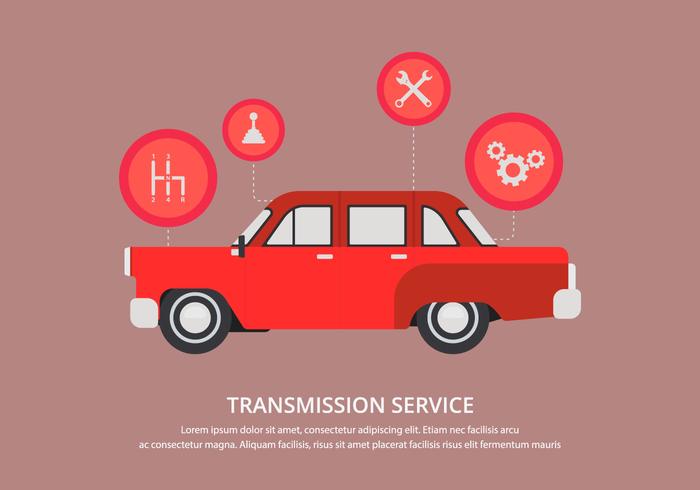Translating Your Auto'S Alert Lighting: Their Real Ramifications
Translating Your Auto'S Alert Lighting: Their Real Ramifications
Blog Article
Team Author-Boye Corbett
When you're behind the wheel, those radiant caution lights on your control panel can be a bit complicated. Do you understand what they're trying to inform you regarding your automobile's health and wellness? Understanding the significance of these lights is vital for your safety and the long life of your lorry. So, the following time among those lights appears, wouldn't you wish to analyze its message properly and take the essential steps to address it?
Common Warning Lights and Interpretations
Determine usual warning lights in your vehicle and understand their significances to ensure risk-free driving.
The most regular warning lights consist of the check engine light, which signifies concerns with the engine or discharges system. If this light begins, it's crucial to have your vehicle checked quickly.
The oil stress warning light suggests reduced oil pressure, calling for prompt interest to prevent engine damage.
A flashing battery light may suggest a malfunctioning charging system, possibly leaving you stranded otherwise attended to.
The tire stress surveillance system (TPMS) light signals you to reduced tire stress, affecting vehicle security and gas efficiency. Ignoring this can cause unsafe driving problems.
The abdominal light shows an issue with the anti-lock braking system, endangering your capability to quit promptly in emergency situations.
Finally, the coolant temperature level cautioning light warns of engine overheating, which can lead to serious damages if not fixed promptly.
Understanding these typical caution lights will assist you address concerns immediately and preserve risk-free driving problems.
Relevance of Prompt Interest
Comprehending the usual warning lights in your auto is only the first step; the significance of without delay attending to these warnings can't be highlighted enough to guarantee your security when driving.
When a warning light brightens on your dashboard, it's your auto's method of connecting a potential concern that needs attention. Neglecting these cautions can lead to a lot more serious issues in the future, jeopardizing your safety and security and possibly costing you extra in repairs.
Trigger focus to advising lights can avoid break downs and crashes. For instance, a blinking check engine light can show a misfire that, if left neglected, can create damage to the catalytic converter. Addressing look at more info can conserve you from an expensive fixing.
Likewise, a brake system advising light might signal reduced brake liquid or worn brake pads, essential elements for your security when driving.
Do It Yourself Troubleshooting Tips
If you observe a warning light on your dashboard, there are a couple of DIY troubleshooting suggestions you can try before looking for specialist assistance.
The initial step is to consult your cars and truck's manual to comprehend what the specific warning light shows. In some cases the problem can be as straightforward as a loosened gas cap setting off the check engine light. Tightening the gas cap may solve the trouble.
Web Site is a reduced battery, which can set off different advising lights. Examining the battery links for deterioration and ensuring they're safe could take care of the problem.
If a caution light persists, you can attempt resetting it by detaching the auto's battery for a couple of minutes and afterwards reconnecting it. Additionally, examining your automobile's fluid degrees, such as oil, coolant, and brake fluid, can assist troubleshoot cautioning lights connected to these systems.
Final thought
In conclusion, recognizing your auto's warning lights is crucial for maintaining your automobile running efficiently and securely. By promptly addressing these informs and recognizing what they imply, you can stay clear of costly repair services and potential malfunctions.
Keep in mind to consult your vehicle's guidebook for particular details on each warning light and do something about it appropriately to ensure a trouble-free driving experience.
Remain notified, stay secure when driving!
